Electric Motor/Loudspeakers/Microphone
1/13
There's no tags or description
Looks like no tags are added yet.
Name | Mastery | Learn | Test | Matching | Spaced |
|---|
No study sessions yet.
14 Terms
What is a useful application of the motor affect
Electric motors

Describe this image below
-We see a circuit where on the left side the current is running from back to front
-We see in the right hand side the current is running from front to back
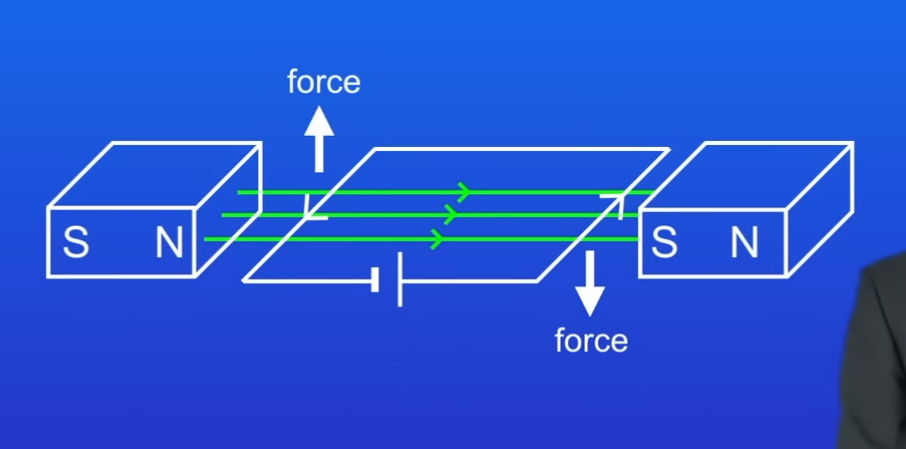
Describe image below
-We have placed the wire in a magnetic filed so now the wire experiences a force on both the left and right side
-Using Flemings left hand rule force on the left acts upwards while force on right acts downwards
-So we have a moment on left side and right side
If there’s a moment on both right and left side what happens to the loop
It would rotate in a clockwise direction
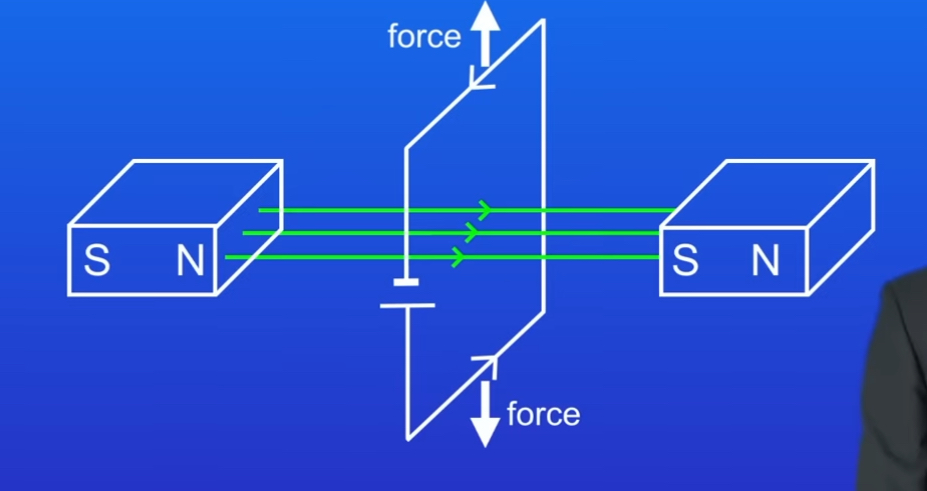
What happens to loop at 90 degrees
It stops rotating
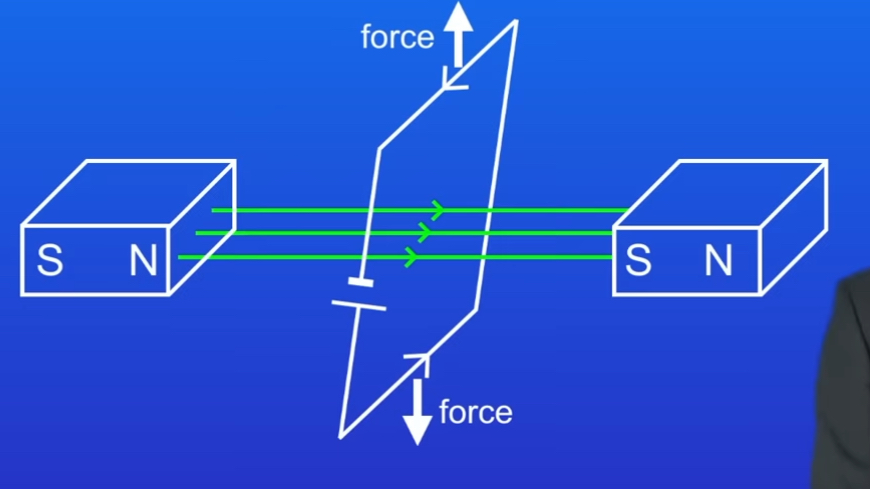
What happens to loop after 90 degrees
The direction of current will now be moving from negative to postive means that force in left side acts downwards and force on right side acts upwards.
-This causes coil to move anti clockwise to flip back where it started.
-This will continue over and over again if we left it
How can we solve the problem another way of loop is beyond 90 degrees
By switching the direction of current when loop passes 90 degrees
What is a split ring commutator
A split metal ring that is connected to conducting brushes which allow the electric current to pass onto the ring and swaps postive and negative connections every half turn so direction of current also swaps every half turn so forces acting on coil will always be acting on the same direction. Meaning coil will always rotate in same direction
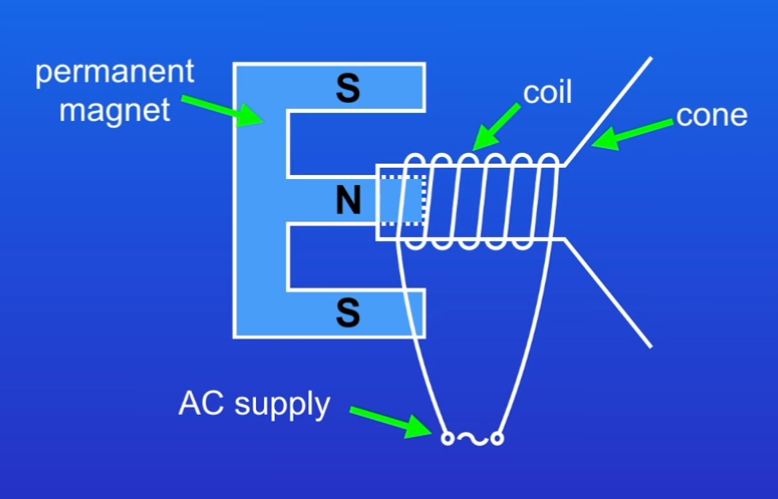
Describe how loudspeakers work
1)As the Altenating current goes through the coil it generates a magnetic field
2)The magnetic field from the coil now interacts with the magnetic field from the permanent magnet so these magnetic fields either attract or repel each other
3)This produces a Resultant force which causes the cone to move
4)When the current switches direction the direction of the force on the cone reverses
5)So variations in current make the cone vibrate making air around cone vibrate and creates sound waves
What happens if we change the frequencies of the AC supply
We can change the frequency that the cone vibrates which alters the sound wave produced
Why happens if we increase size of current sent to coil
Then we increase the amplitude of the vibration which increases volume of sound
The Frequency of sound wave is the same as
The Frequency of the Alternating current
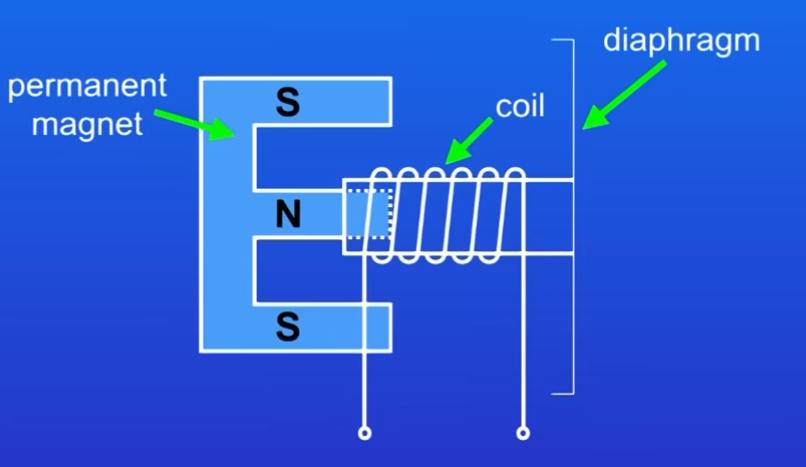
How do microphones generate current from sound waves
1)When sound waves hit the diaphragm they cause it to vibrate
2)Now coil of wire moves in and out through a magnetic field
3)This induces a P.D across the end of the wire
4)The frequency of changing P.D is the same as frequency of Sound waves
5)The changing pattern of P.D is now passed through an amplifier and then into a moving-coil loudspeaker which increases the volume of sound
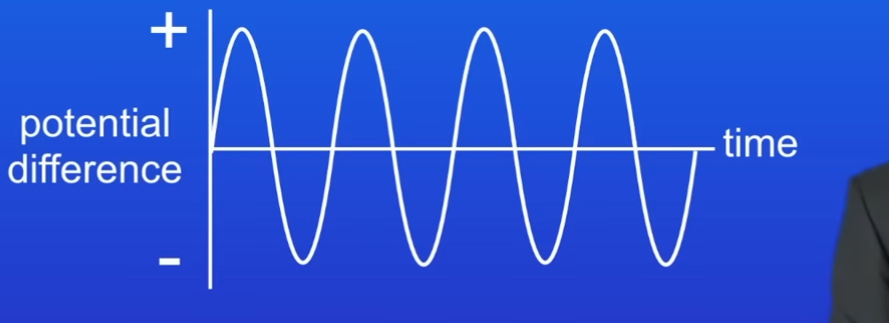
What is the thin piece of plastic connected to the coil in a microphone
Diaphragm